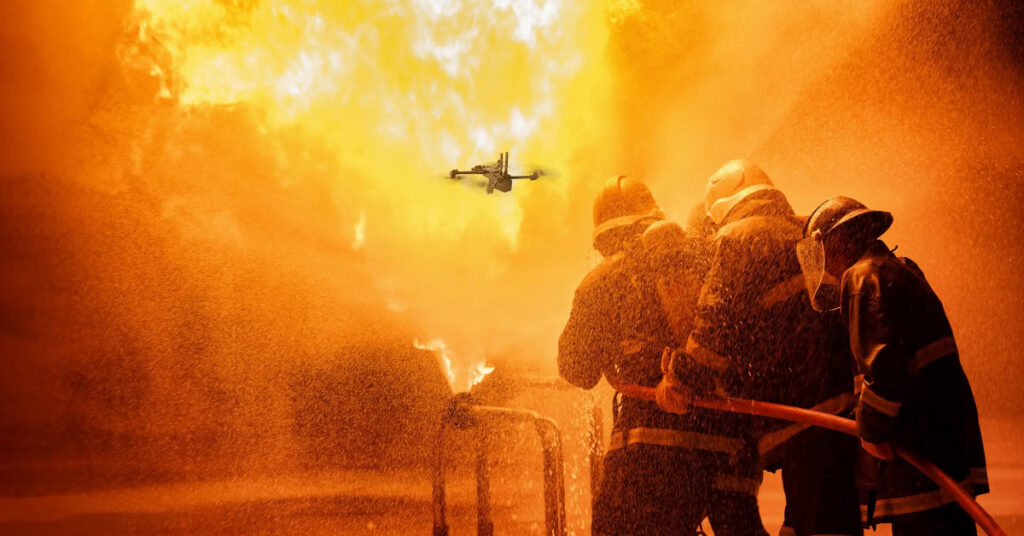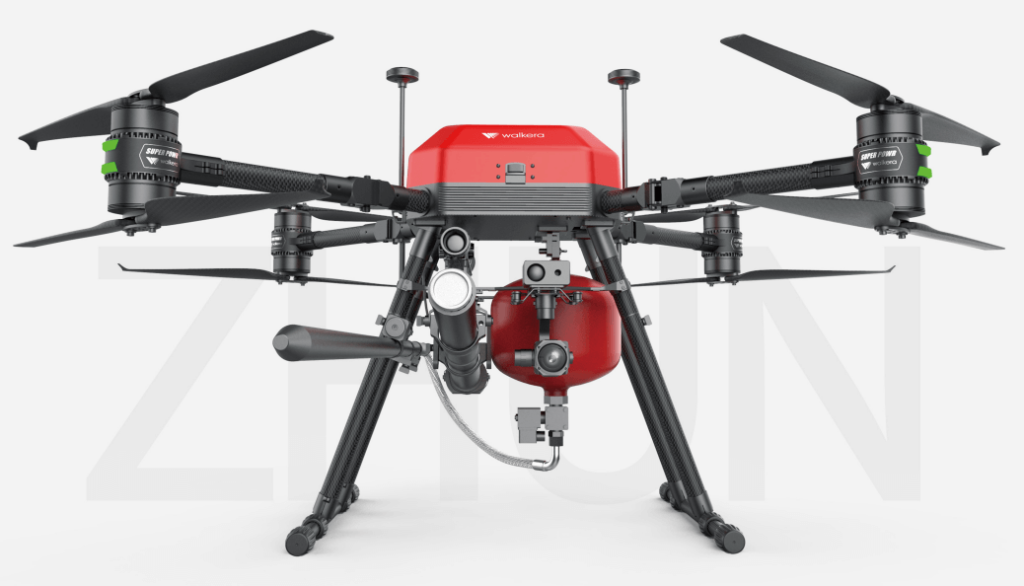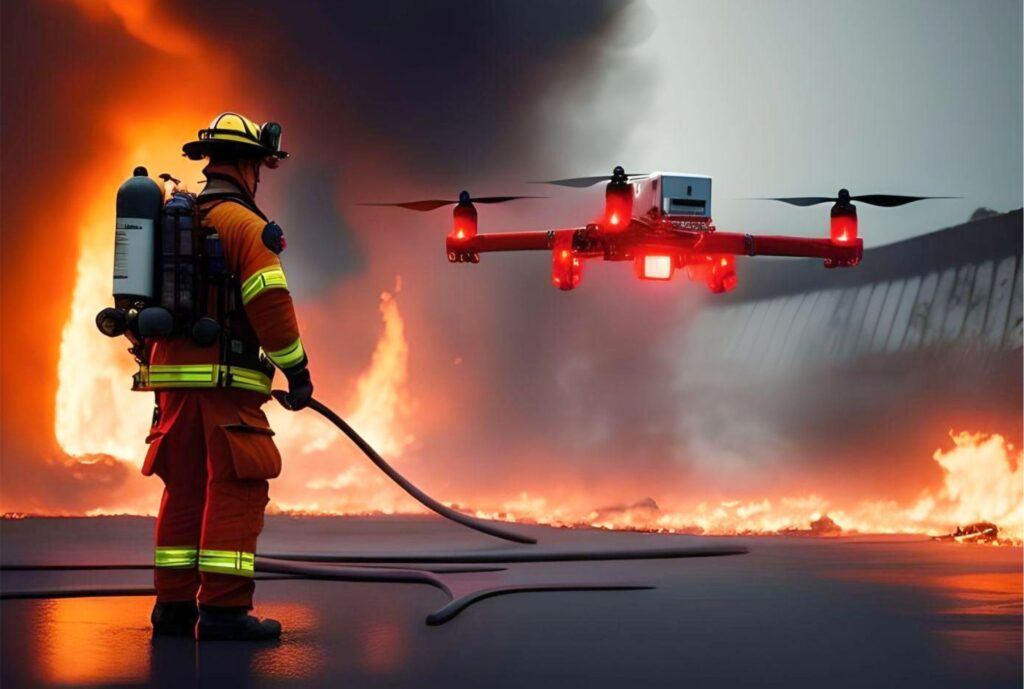The integration of drones into firefighting operations represents a significant advancement in fire safety technology. These unmanned aerial vehicles provide rapid assessment and real-time data, allowing firefighters to make informed decisions quickly. Equipped with thermal imaging cameras, drones can identify hotspots and monitor temperature changes, offering enhanced situational awareness, especially in large-scale wildfires. They also access hazardous areas that are too dangerous for firefighters, reducing the risk to human life. In urban settings, drones inspect tall buildings and guide firefighting efforts, while in industrial facilities, they conduct regular inspections and identify potential hazards. Despite regulatory and technical challenges, the use of drones in firefighting is set to expand, offering greater capabilities and efficiencies in managing fire-related emergencies.

The use of drones in firefighting is critically important for several reasons. First, they provide rapid assessment and real-time data, enabling firefighters to quickly understand the scope and behavior of a fire. This information is crucial for making timely and effective decisions, ultimately saving lives and property. Second, drones enhance situational awareness by accessing hazardous or hard-to-reach areas, reducing the risk to human firefighters and allowing for more precise targeting of firefighting efforts. Additionally, their thermal imaging capabilities help identify hotspots and monitor temperature changes, preventing reignition and ensuring thorough containment of the fire. In urban and industrial settings, drones improve inspection processes and hazard identification, contributing to overall fire prevention and safety. Despite facing regulatory and technical challenges, the importance of drones in firefighting lies in their ability to provide critical data, improve safety, and enhance the effectiveness of emergency response operations.
Challenges and Considerations
1. Regulatory Hurdles:
The use of drones in firefighting is subject to regulatory approval, which can vary by region. Ensuring compliance with aviation regulations and obtaining necessary permissions can be a challenge.
2.Technical Limitations
Drones have limitations in terms of flight time, payload capacity, and resistance to extreme conditions. Continuous technological advancements are needed to overcome these barriers.
3.Training and Integration:
Effective use of drones requires proper training for firefighting personnel and seamless integration into existing emergency response protocols. This involves both technical training and strategic planning.

The future vision for integrating drones into firefighting operations is transformative, promising to revolutionize fire safety and emergency response. Equipped with advanced AI and machine learning algorithms, future drones will autonomously identify fire patterns, predict fire spread, and optimize flight paths for comprehensive coverage. Swarm technology will enable multiple drones to work together seamlessly, covering vast areas and sharing real-time data with command centers, ensuring coordinated and efficient firefighting efforts.
In the future, drones will be integral to urban and industrial fire safety, conducting regular inspections, identifying potential hazards, and providing early warnings. They will be equipped with enhanced payloads, including high-resolution thermal cameras, gas detectors, and communication relays, making them versatile tools for all aspects of fire management. During emergencies, these drones will access hazardous areas and deliver essential supplies, reducing the risk to human firefighters and accelerating rescue operations .

Conclusion
The integration of drones into firefighting operations represents a significant advancement in fire safety technology. By providing rapid assessment, enhanced situational awareness, and improved coordination, drones help protect lives and property while reducing risks to firefighters. As technology continues to evolve, the role of drones in firefighting is expected to expand, offering even greater capabilities and efficiencies in managing fire-related emergencies.








